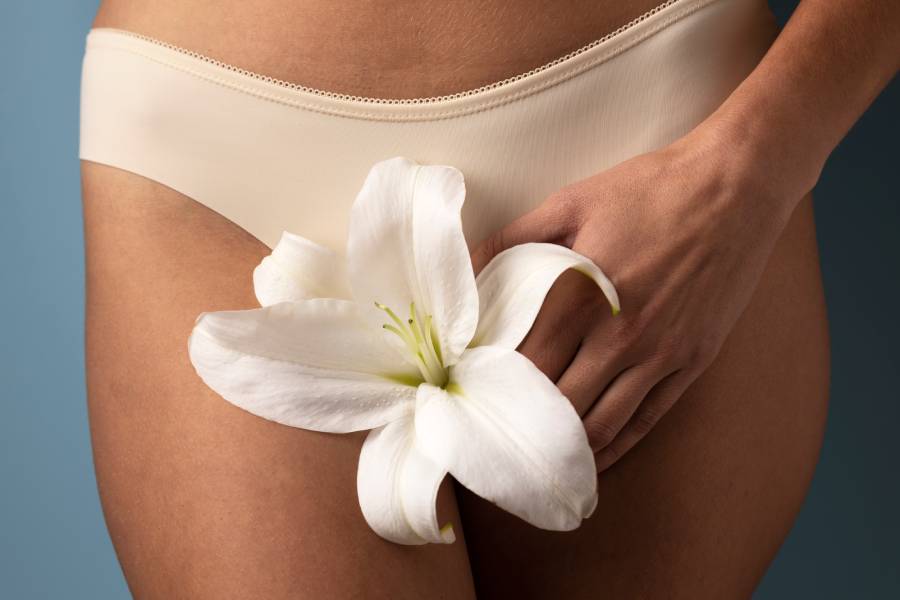When to remove scabs after hair transplant?
Categorised in: HEALTH GUIDE, Genel
Published Date:
The path to a more robust hairline often concludes with a hair transplant, a procedure that has evolved significantly over the years. Achieving the desired aesthetic outcome hinges not only on the surgical expertise during the procedure but also on the meticulous post-operative care that ensues. The process of scab removal is a critical component of this care, essential for a smooth healing process. This is particularly true for patients aiming to optimize their investment in hair transplantation. Hair transplant before and after photos reveal that successful recovery is pivotal in determining the final appearance. Moreover, turkey hair transplant reviews frequently highlight the importance of post-surgical care, especially in managing scabs, as a measure of service quality in this region. This overview will explore the optimal timelines and methods for scab removal, guiding patients towards the most beneficial and aesthetically pleasing results.
The Healing Process After a Hair Transplant
The path to complete recovery after a hair transplant exhibits considerable variability, contingent upon the procedure’s type. The Follicular Unit Extraction (FUE) method, notably prevalent in Turkey, delineates a distinct healing trajectory. The hair transplant recovery process, intricate and indispensable, encompasses several stages, each pivotal for transplant success.
In the context of a typical fue hair transplant Turkey, the initial healing phase is characterized by the development of minute scabs around each transplanted follicle. This phenomenon is a natural defense mechanism, as the body endeavors to safeguard the wound. These scabs generally start to shed between 7 to 10 days, marking the commencement of wound closure, a critical phase to prevent infection and ensure follicular viability in their new environment.
Grasping the physiological transformations post-surgery is paramount. The scalp must navigate through several healing stages: inflammation, proliferation, and maturation. This sequence is vital, impacting both scalp health and the transplant’s durability. During the hair transplant recovery, adherence to specific care protocols is imperative to facilitate these natural healing processes.
The physical healing aspects are observable and quantifiable, yet the psychological impact of witnessing tangible outcomes is equally profound. Patients frequently report enhanced self-assurance as they observe new hair growth following an fue hair transplant Turkey, typically evident a few months post-procedure. Nonetheless, it is crucial to uphold realistic expectations and allow the body sufficient time to execute its complex healing endeavors.
Appropriate Timing for Scab Removal
Optimizing the timing for scab removal post-hair transplant is paramount for the well-being of transplanted follicles and the procedure’s success. The counsel of a preeminent hair transplant surgeon is indispensable during this critical recovery phase. Typically, experts concur that scabs should naturally desquamate within 7 to 14 days post-surgery. Nonetheless, this timeframe is subject to variation, influenced by individual healing dynamics and the nuances of the surgical methodology employed.
It is imperative for patients to eschew the urge to manually dislodge scabs, as this could compromise the integrity of the hair follicles. Renowned hair transplant surgeons advocate for the use of gentle cleansing methods to facilitate scab detachment in the transplanted zones. This entails employing a prescribed shampoo and applying it with a light touch, rather than vigorous rubbing. During the initial days following the procedure, it is crucial to rinse with caution to prevent graft dislodgement.
Strict adherence to the post-operative care regimen outlined by leading hair transplant clinics is essential. Such protocols often encompass measures to maintain scalp hydration and mitigate scab formation, thereby accelerating the natural shedding process. Ultimately, the advice from top hair transplant surgeons encompasses the scheduling of follow-up consultations to track the healing trajectory and the successful engraftment of the transplanted hair follicles.
Hair Transplant in Turkey: Best Practices and Aftercare
Turkey has distinguished itself in the global healthcare arena, particularly in the realm of hair transplantation. It offers an affordable solution without compromising on quality or expertise. The cost of hair transplantation in Turkey is significantly lower compared to other countries, making it an appealing option for those seeking high-quality health services at a reduced price. Can Hospital in Izmir stands out as a premier institution, celebrated for its professional standards and the proficiency of its surgeons.
The allure of Turkey for hair transplant procedures stems from its blend of advanced medical technology and cost-effective services. At Can Hospital in Izmir, patients discover that the affordable hair transplant does not detract from the essential post-operative care. This care is crucial for the procedure’s success. The focus during the post-surgery period is on effective scab management and the meticulous upkeep of the transplant site. This approach aims to enhance success rates and ensure both aesthetic and health outcomes.
Adherence to best practices, as advocated by Turkish clinics, includes gentle hair washing, avoiding direct sunlight on the scalp, and refraining from strenuous activities that could hinder healing. By offering detailed aftercare guidelines, facilities like Can Hospital in Izmir adopt a comprehensive recovery strategy. This ensures that the cost of hair transplantation in Turkey is directly proportional to the value and quality patients receive from across the globe.

Why British Citizens Choose Turkey for Health Services?
British citizens are increasingly opting for Turkey when seeking medical treatments due to a combination of superior healthcare services, affordability, […]

Psychological Effects of Genital Aesthetics on Body Image
In a society increasingly focused on physical perfection, the realm of genital aesthetics has surfaced as an area of both […]

Common Concerns About Genital Plastic Surgery
Genital plastic surgery, a burgeoning field within the realm of cosmetic enhancements, has witnessed a notable surge in popularity. Procedures […]

In which cases is labiaplasty necessary?
Labiaplasty, a procedure that has recently garnered significant attention, involves the surgical reduction of the labia minora. This operation, also […]

Healthy Recovery Process After Genital Aesthetic Surgery
Day Things To Do Things to Avoid 1-7 Days – Bed rest – Using medications recommended by the doctor – […]